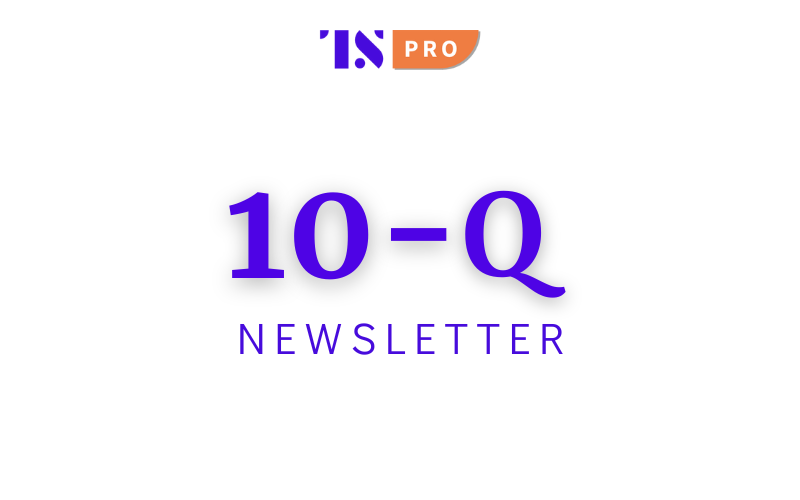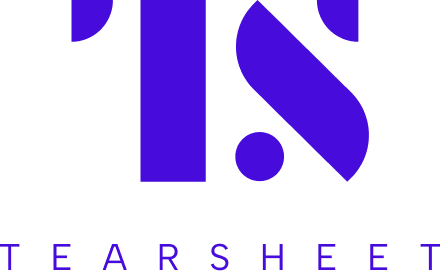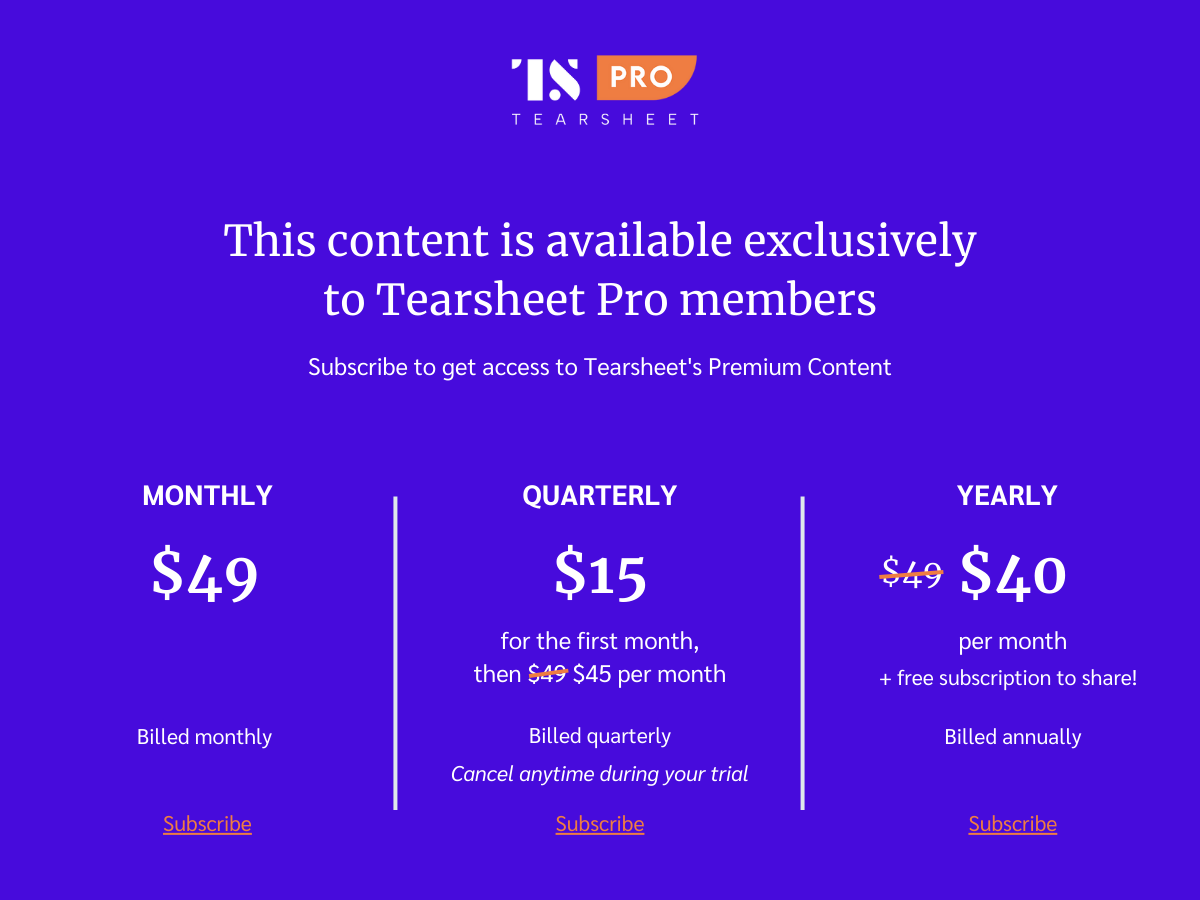How Pagaya (PGY) and Upstart (UPST) are venturing deeper into AI to make fintech lending more intelligent
- Recently, some of the quieter names in public finance have pushed their AI efforts beyond experimentation and into practical use.
- We look at how under-the-radar public financial firms, Pagaya and Upstart, are operationalizing AI within their organizations.

Fintech lending dives deeper into the algorithm age
Wall Street loves a good buzzword, but when AI appears on quarterly earnings calls and product roadmaps, it’s not just talk – it’s a pivot. Over the past week, some of the non-headline-grabbing public financial firms have moved their advanced AI efforts into production, beyond the lab phase and into frontline operations.
We look at how Pagaya and Upstart fit into today’s narrative, which goes beyond their AI initiatives to focus on how they are operationalizing those efforts and gradually integrating AI into their company architecture.
Pagaya’s AI engine is now powering a $300 million BNPL push
For anyone watching the mechanics of modern consumer finance, Pagaya is making an effort to become one of the critical AI players in the lending world.
Founded in Israel and listed on the NASDAQ [PGY], Pagaya built its name on a very particular skill: using artificial intelligence to underwrite “second-look” loans, the kind traditional lenders might decline at first glance. The company’s bread and butter is partnering with financial institutions that want to expand credit access without eating a mountain of risk. Its AI models pore over alternative data and make fine-tuned credit decisions that don’t rely solely on FICO scores.
Recent AI developments
i) BNPL Bond Issuance: In the past week, Pagaya made a big move: it issued a $300 million bond backed by buy now, pay later (BNPL) loans, a first for the company. It did this in partnership with Klarna, the Swedish BNPL giant that’s been revamping its financials ahead of a possible IPO. The bond deal, arranged by J.P. Morgan Chase and Apollo’s Atlas, gives Klarna more flexibility to offload credit exposure while allowing Pagaya to flex its AI muscle in a hot but volatile space. The bond was oversubscribed and included AAA-rated tranches yielding about 1.75 percentage points above Treasury bonds, indicating strong investor demand despite higher risk premiums compared to competitors like Affirm.
What makes this interesting is that Pagaya is applying its AI underwriting system to a new frontier, point-of-sale financing, where risks are nuanced, margins are thin, and speed is everything. Klarna handles the consumer touchpoints; Pagaya, behind the curtain, crunches the credit decisions and helps get the funding flowing.
ii) Asset-Backed Securities (ABS) Issuances: This isn’t Pagaya’s first rodeo in asset-backed securities…
What we’re seeing now is Pagaya expanding its model, not pivoting. The BNPL-backed bond is less about jumping on a trend and more about applying its proven tech stack to an adjacent product, one that’s booming in retail but increasingly scrutinized for risk.



